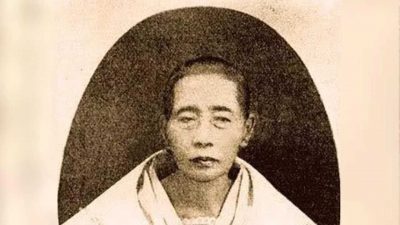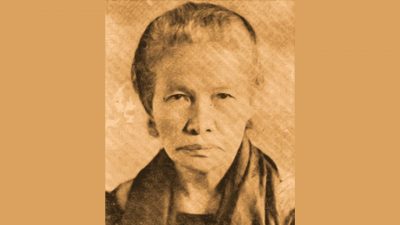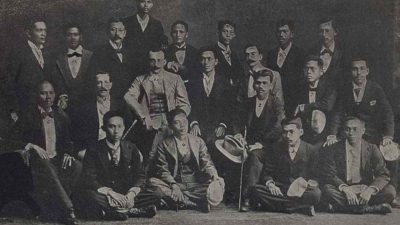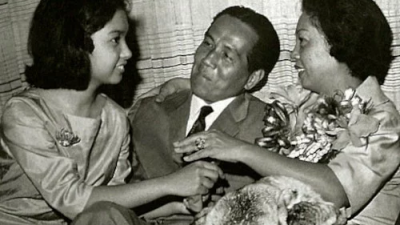MANILA — On November 21, 1898, a pivotal moment unfolded in Filipino history when the American Commissioners issued an ultimatum. Their demand was clear: the entire Philippine Archipelago must be ceded. Simultaneously, they proposed a payment of $20,000,000 to Spain and the inclusion of a mutual relinquishment of claims in the peace treaty.
The signing of the Treaty of Paris in 1898, depicted by artists, marked a significant event. Under its provisions, Spanish ships and merchandise were granted access to the islands’ ports for a specified duration.
A week later, the Spanish Commission reluctantly accepted the terms, acknowledging the grim reality. They released a statement expressing their decision, driven by a sense of patriotism and humanity, recognizing the inability of Spain to defend its perceived rights due to a lack of material resources. Spain, in essence, submitted to the laws of the victorious United States, accepting the offered terms as the only viable option to conclude the treaty of peace and avert the horrors of war.
Following five additional sessions dedicated to refining the treaty’s details, it was ultimately signed by the plenipotentiaries on December 10, 1898.
Source: “The government of the Philippine Islands; its development and fundamentals” by George Arthur Malcolm, Page 176, 1916.
Also today in Philippine history…
On November 21, 1849, then Governor General Narciso Claveria issued a decree to adopt standardized Filipino names and surnames. Through the so-called “Claveria Decree”, he issued a list of family names in alphabetical order, which were based on a catalog of Spanish surnames.
He expanded it by including the names of places, plants, animals, minerals, art products, and character traits, both in the native languages and in Spanish.
Accordingly, Claveria distributed the list of family names to the heads of the provinces, and then the head of each province sent a portion of the list to each parish priest.
Depending on what he thought was the number of families in each barangay, the priest allocated a part of the list to the “Cabeza” (barangay head). The Cabeza was then asked to assist the oldest person of each family in choosing a surname, which upon registration, the individual involved as well as his direct descendants would from then on use as family name.
Before 1849, Filipinos in general lacked individual surnames which distinguished them by families. They arbitrarily adopted names of saints, resulting in the existence of thousands of individuals of the same surname. This confused the administration of justice, government, finance, and public order.
Also, as family names were not transmitted from parents to children, degrees of consanguinity were difficult to assess for marriage.
Meanwhile, under the Claveria decree, those who changed or did not use the name recorded in the new register would be imprisoned. Documents that did not carry the registered family name would not be considered valid.
Hence, since 1850, most Filipinos started using new surnames based on the Claveria list.
Those who had consistently used a family name for four generations were given the option to retain it. All others had to have a new surname.
Source: Philippine News Agency archives
(JR AMIGO/AI/MNM)







